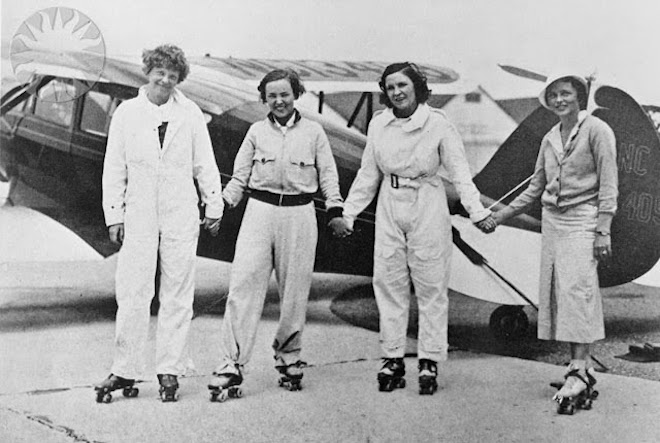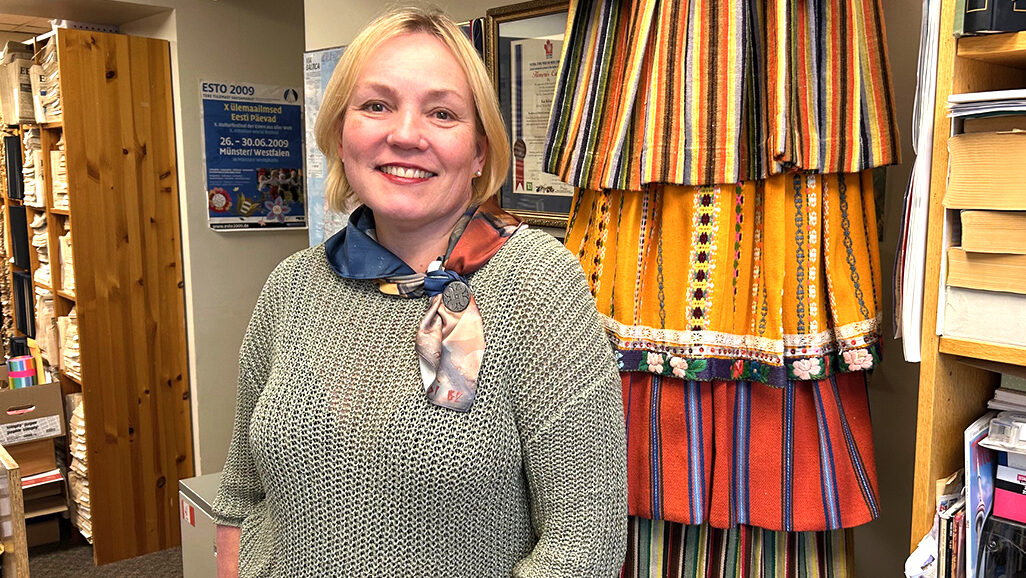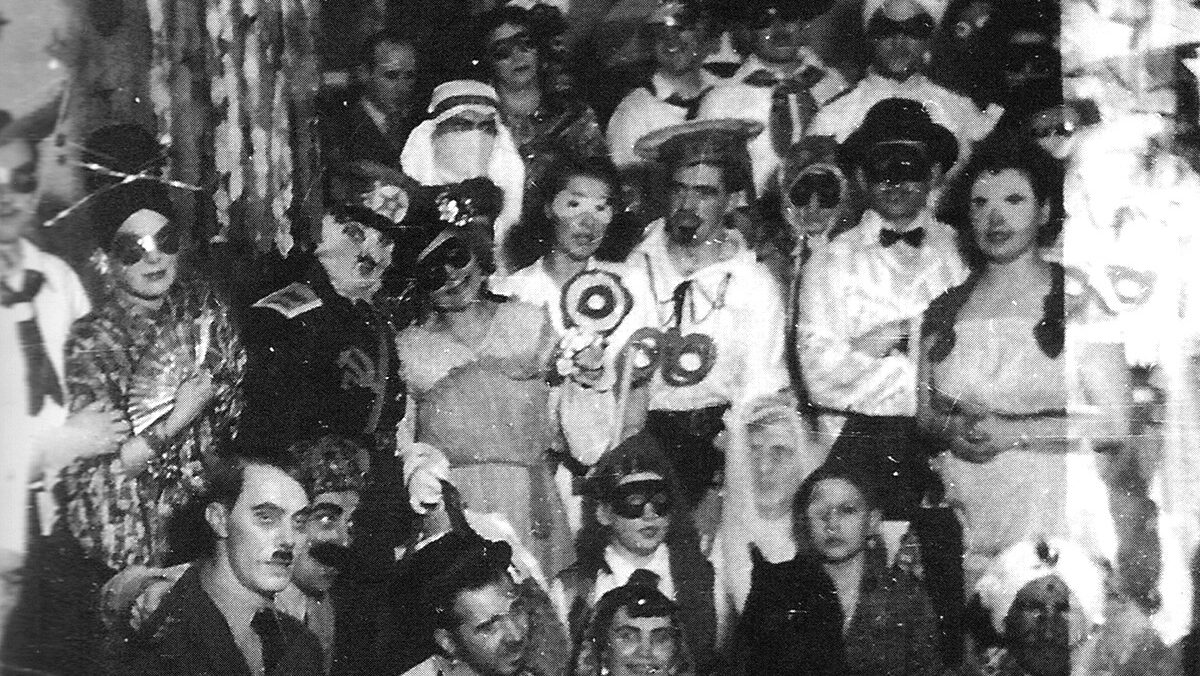When we make a plan, we are actually trying to create a more even distribution for the people who are involved in the change, the people affected by it, and the process (and surprises!) that we might have along the way. A plan is a ‘smoothing out’ of the bumps in the road to our desired outcomes.
Plan for the People:
When we make a plan, a wonderfully useful consideration are the people who are going to be involved with, or affected in our change-making process. Some useful questions to consider might be: Who needs to be involved, and what skills do they need? Who will be affected in the process, and the planned final outcomes?
Plan for the Process:
A process plan begins with the end goals in mind, and works backwards to help us envision the necessary steps to place them in most effective order. It’s advisable to work with ‘moveable’ pieces, so that the plan is malleable and can be adapted. In innovation design, we often begin with post-it notes, so that we can take a step back, see what is missing, and move the pieces around.
First, we fill in all of the items we know are definitely going to be needed, followed by things we are not sure about, yet suspect would likely be present. Thirdly, we ask “what might surprise us?”
Plan for the Inevitable, Plan for the Change:
Planning for unknowns allows us to question and change our process as we move through it. Every plan, no matter how good, is only an estimate of what we believe the future might hold, and will need to be adjusted to meet the demands of a changing world. Understanding that our plan is incomplete allows us to look for surprises as they are hurdling towards us, so that we can track them quickly, and utilize them for the benefit of our idea, and the people affected by it. We can plan to pull the future by the tail, and then plan to make changes to meet our goals.
Sometimes no matter what we specify in our mind, or even on paper, things don't go precisely the way we envisioned. It would've been difficult for Elviine “Elvy” Kalep to plan precisely for the future, though her will to persevere and plan for potential changes might have helped her. Her story is one of triumph and challenges around the globe.
Elvy was born in Taali, in Pärnumaa in 1899. As both of her parents died when she was young, she eventually lived with her aunt, moving to St. Petersburg. As the violence of the Russian Revolution erupted in 1917, they escaped as far away as they could, to Vladivostok, on the Pacific Coast of Russia. Here, Elvy met and married her husband, the general and Count Graf Slastšov, and together they had a son. Still, they were on the run, eventually reaching Manchuria in northeast China.
In an unfortunately characteristic surprise turn of events, Slastšov disappeared completely and their son died. Amidst the rubble, she used her knowledge of five languages and worked as a multilingual interpreter, including for the Chinese warlord Zhang Zuolin. Thereafter, she travelled through Asia and Europe. Back in Europe, she met the famous Dutch aviator Anthony Fokker, who taught her how to fly, thus enabling her to become the first registered female pilot in Estonian history.
By 1932, her ambition moved to Transatlantic flight. In the United States, she became good friends with American pilot Amelia Earhart. It was around this time that the photo above was taken, at a roller derby fundraiser. From the left are: Amelia Earhart, Elvy Kalep, Frances Marsalis, and Betty Huyler Gillies, all members of the Ninety-Nines (the International Organization of Women Pilots).
When Kalep wrote the children's book “Air Babies”, Amelia Earhart wrote the book's forward, three days before she left on her tragic final flight. Kalep said “I was one of the last persons to see her.” Despite unexpected sadness, she continued to create, through to the end of her life.
A spirit of flexibility runs consistently through these stories. In turbulent times, a plan may take the form of overarching ideals. Sentiments that we want to abide by, rather than an exact sequence of events, because unexpected things may happen.
In the final part of our collaborative series, Estonian Life and Chaordic Design will be bringing you an interview with Linda Karuks, who has worked as a leader in many institutions of our community. With so much care and experience, we wanted to catch up with her and hear her opinions on the strategy of planning and more.
Make sure you read next week's paper for this compelling conclusion!




